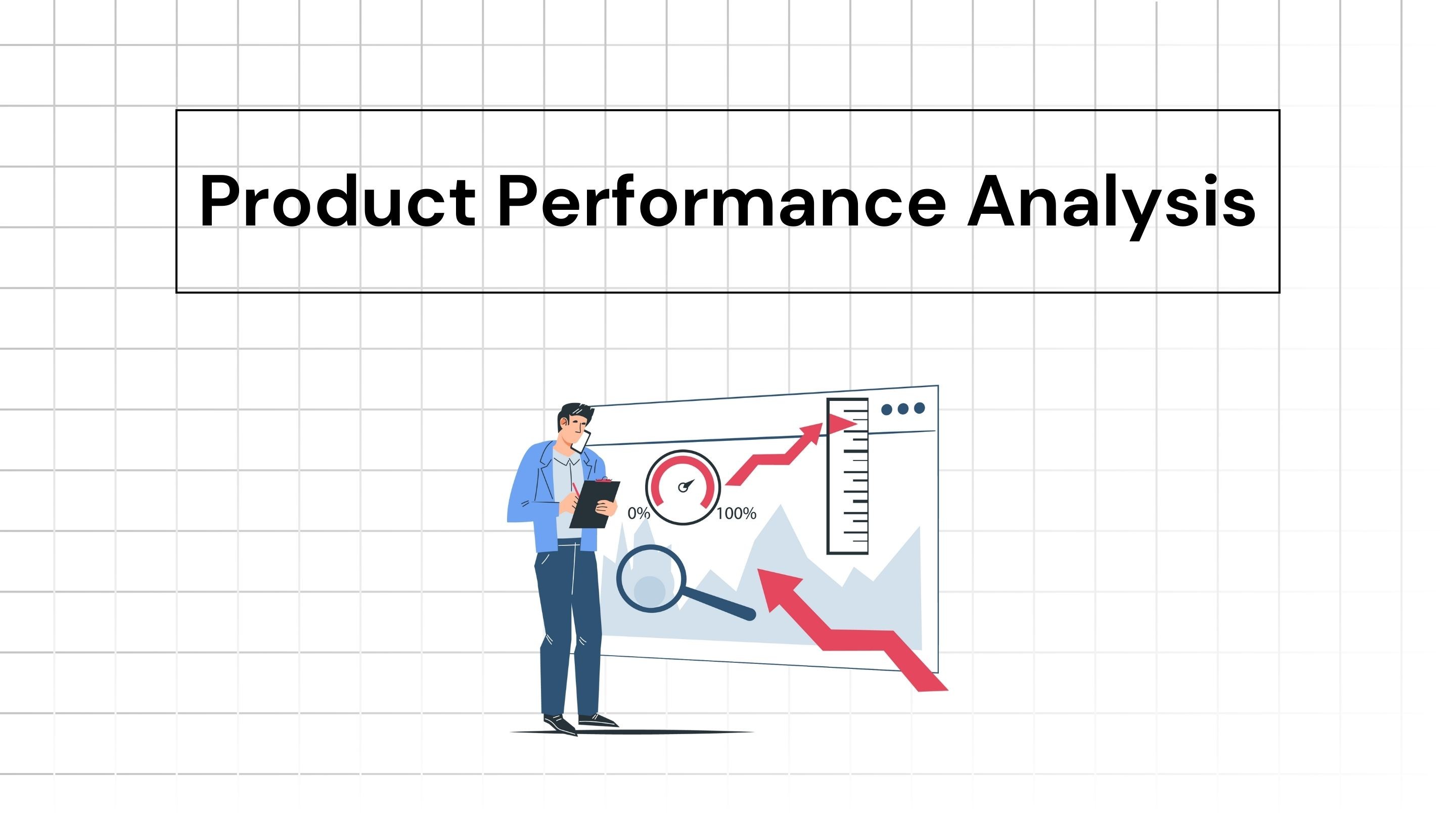
Iterate AI
Jan 23, 2025
A robust product performance analysis means analyzing your product in multiple aspects such as user engagement and satisfaction, revenue generation, competitive positioning, and more.
This systematic analysis lets the leadership team review growth and make informed decisions, adapt to changing market conditions, and deliver better value to users.
Read on to learn about the types of analysis and how to approach them.
Types of Product Performance Analysis
To comprehensively evaluate product performance, consider these types:
Usage analysis
Analyzing how users interact with your product shows you patterns of high and low engagement. You will know how usage among your existing users is increasing, stagnant or going down. It also shows product features that work the best and worst (enhancements and retirements).
What to measure: Metrics like Daily Active Users (DAUs), Monthly Active Users (MAUs), session duration, adoption rates, and clickstream data.
How to approach it:
Use funnels and drop-off analysis to understand where users disengage.
Map user journeys to identify friction points.
Segment usage data by demographics, device type, or user personas to tailor insights.
Tools: Mixpanel, or Amplitude
💡Use Iterate AI to set up Analytics without developer dependency
Depending on your developer who doesn’t have the time to write event code is probably the last thing you would want as a product manager. Iterate AI solves it for you. You can easily plan events and get event codes to do instrumentation. Your developers can approve the code instead of writing it from scratch. Learn more.
Customer satisfaction analysis
Understanding customer sentiment helps gauge whether your product meets expectations. Satisfaction metrics are directly related to your revenue and to identifying the things that are keeping your customers loyal or making them leave.
What to measure: Utilize quantitative scores such as Net Promoter Score (NPS), Customer Satisfaction Score (CSAT), and qualitative data from user surveys, interviews, and reviews.
How to Approach It:
Regularly conduct surveys and track changes over time.
Analyze open-text responses to uncover recurring themes.
Combine satisfaction metrics with behavioral data to assess the link between sentiment and usage patterns.
Tools: Use platforms like SurveyMonkey, Typeform to collect and analyze feedback.
Revenue analysis
Revenue metrics are a direct indicator of the financial viability of your product. They reveal opportunities for growth through pricing adjustments, bundling, or cross-selling strategies.
What to measure: Key metrics include revenue growth, average revenue per user (ARPU), customer lifetime value (CLV), and churn rate. Monitor additional data such as conversion rates and upsell effectiveness.
How to approach it:
Break down revenue data by customer segment, region, and pricing tiers.
Perform trend analysis to identify seasonal patterns or anomalies.
Conduct root cause analysis for revenue dips or churn spikes.
Tools: Platforms like Stripe, Salesforce, can streamline revenue tracking and reporting.
Retention and cohort analysis
Retention analysis determines whether users find sustained value in your product. High user retention rates correlate with product-market fit, while low retention signals areas requiring attention.
What to measure: Monitor user retention rates over time, broken down by cohorts such as sign-up date, geographic region, or acquisition channel.
How to approach it:
Use cohort analysis to compare retention trends across different time periods or customer groups.
Investigate the onboarding process to address potential drop-offs early in the user journey.
Evaluate feature-level retention to identify sticky features versus underutilized ones.
Tools: Heap, Looker, and Excel.
Market and competitive analysis
Understanding your competitiveness means how many battles you win against your competitors. It also means identifying gaps that your product can fill to differentiate itself.
What to Measure: Track external factors like market share, competitor pricing, and emerging industry trends. Include a feature comparison to assess competitive positioning.
How to Approach It:
Conduct regular SWOT (Strengths, Weaknesses, Opportunities, Threats) analyses.
Use competitor benchmarking to identify areas where your product excels or lags.
Monitor customer reviews of competitors to identify unmet needs.
Tools: SEMrush, SimilarWeb, and Gartner
Performance analysis enables you to continuously adapt your product strategy, address user needs, and maintain a competitive edge in the market.
The ultimate goal is to ensure that your product not only meets but exceeds the expectations of both your users and stakeholders, contributing to long-term growth and success.
If you think your lagging behind without reliable data, then check out Iterate AI
